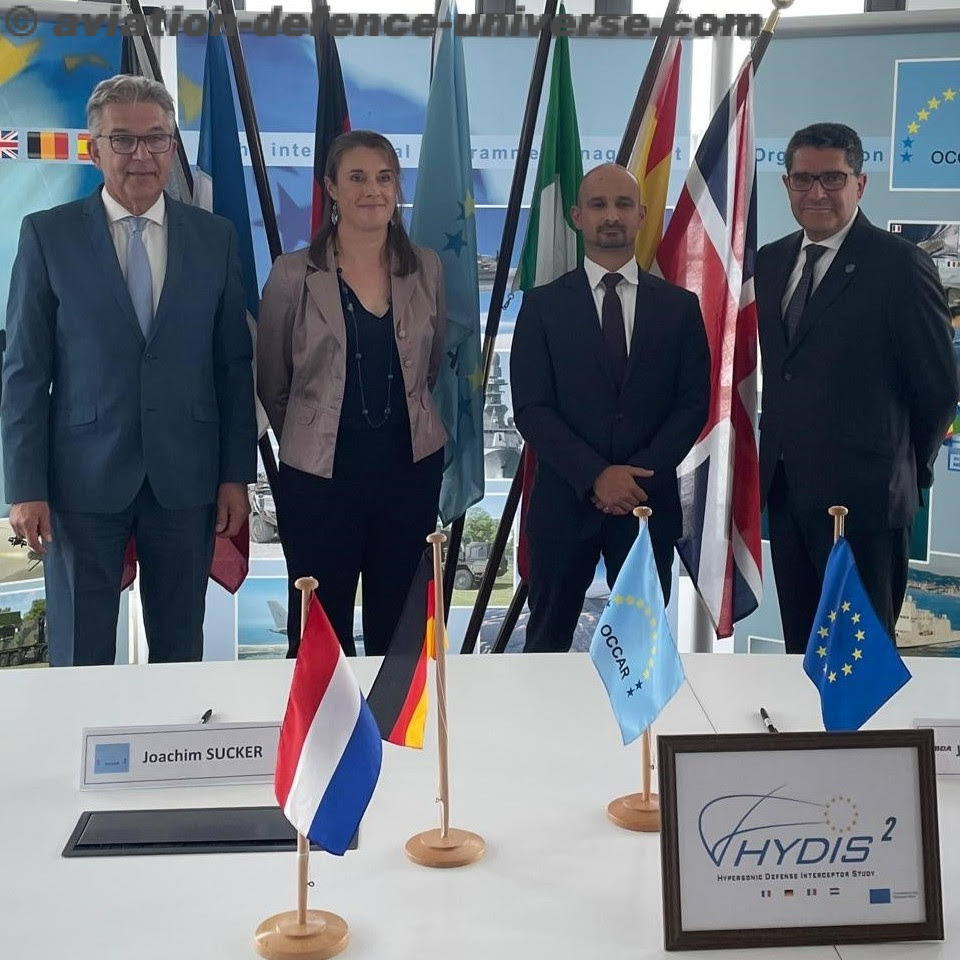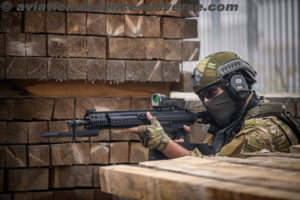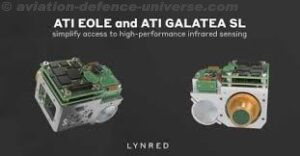 Paris. 16 May 2024. MBDA has signed with the Organisation for Joint Armament Cooperation (OCCAR – Organisation Conjointe de Cooperation en Matière d’Armement), a European Defence Fund grant agreement on behalf of the partners of the HYpersonic Defence Interceptor Study (HYDIS2) Consortium and a Linked Procurement Contract (member states co-funding), on 15 May, launching the HYDIS2 concept phase.
Paris. 16 May 2024. MBDA has signed with the Organisation for Joint Armament Cooperation (OCCAR – Organisation Conjointe de Cooperation en Matière d’Armement), a European Defence Fund grant agreement on behalf of the partners of the HYpersonic Defence Interceptor Study (HYDIS2) Consortium and a Linked Procurement Contract (member states co-funding), on 15 May, launching the HYDIS2 concept phase.
The European Commission selected the HYDIS² project for funding in July 2023 and the governments of France, Germany, Italy and the Netherlands decided to co-fund.
The signature between MBDA and OCCAR marks the beginning of a three-year concept phase, a major milestone which objective is to select the most suitable and effective counter-hypersonic and anti-ballistic concept with the associated weapon architecture.
Coordinated by MBDA, this new chapter will allow the partners to:
- collect and harmonize the definition of operational scenarios and weapon systems interface, taking into account the European and NATO roadmaps
- build a joint definition of each threat based on the knowledge and expertise of all the partners involved
- consolidate weapon system requirements and integration in the whole engagement chain
- select the most suitable counter-hypersonic and anti-ballistic concept of interceptor for European nations’ needs, with the associated weapon system architecture to prepare an Assessment Phase and aim at an in-service date at 2035 horizon
- mature the technologies that enable the implementation of the counter-hypersonic concept in the next programme phase
- create the industrial network to develop the future counter-hypersonic missile systems
MBDA coordinates the HYDIS² consortium, bringing together 19 partners and more than 20 subcontractors in 14 European countries. Along with MBDA in France, Germany, Italy and Spain, the partners are ArianeGroup, AVIO, Avio Aero, Bayern-Chemie, CIRA, DLR, GKN Fokker, LYNRED, OHB System AG, ONERA, ROXEL France, THALES LAS France, TDW, THALES Netherlands and TNO. HYDIS² is a central element of the contribution of European states to the mission of defending populations and armed forces, in particular against emerging hypersonic threats, which constitute a radical change with respect to ballistic ones.

































































































































